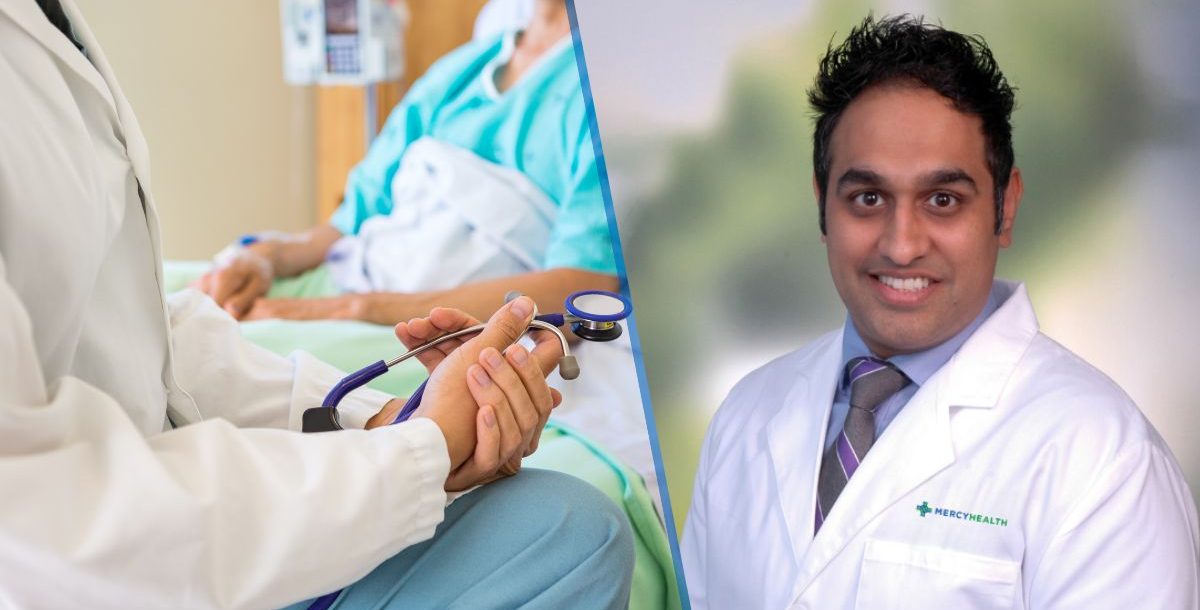When it comes to heart care, access to top-of-the-line technology, procedures and techniques can be life-saving. We asked Sandeep Patel, MD, an interventional cardiologist at Mercy Health – St. Rita’s Medical Center, about the latest procedures in heart care and their benefits for patients.
Coronary artery bypass grafting (CABG)
This procedure is used for the treatment of coronary artery disease (CAD). CAD is the result of plaque buildup in the coronary arteries, which restricts blood flow to the heart. The CABG procedure treats a blocked or restricted artery by replacing it with an artery from another part of the body. This treatment helps increase blood flow to the heart, relieve chest pain, reduce heart attack risk and improves overall heart muscle function. Improvements in surgical technique also allows for the CABG procedure to be performed minimally invasively, resulting in shorter hospital time, faster recovery and less scarring.
Angioplasty and stenting
This minimally invasive procedure, also known as percutaneous coronary intervention (PCI), is often used to open blocked or narrow coronary arteries where a small mesh tube, called a stent, is used to widen the artery. This helps improve blood flow, relieve chest pain and reduce future risk of heart attack. Recent innovations in stent design include materials that will dissolve after fulfilling their duty, eliminating the risk of long-term complications associated with permanent implants.
Heart valve replacement and/or repair
Heart valves prevent the backward flow of blood within the heart chambers. When someone is diagnosed with heart valve disease, this means they have one or more heart valves that may be damaged or malfunctioning, resulting in shortness of breath or fatigue and could lead to heart failure. Transcatheter valve replacement (TAVR) or mitral valve repair (mitral clip) may be used as minimally invasive procedure options for heart valve repair or replacement. These procedures involve having devices such as new valves or clips delivered via a catheter through blood vessels in the groin or chest to the heart.
Atrial fibrillation (AFib) ablation
Atrial fibrillation, or irregular heartbeat, can lead to other complications or even stroke. AFib ablation removes abnormal heart tissue causing the irregular rhythm, restoring normal heartbeat function. Recent improvements in electrophysiology mapping systems allows for more detailed electrical mapping of the heart’s rhythm irregularity, leading to greater precision during ablation procedures and better outcomes.
Ventricular assist devices (VADs)
VADs are small pumps used to help treat people experiencing heart failure. These implantable devices help increase heart function and exercise tolerance for those who may be waiting for a heart transplant or who may be ineligible for a heart transplant procedure.
In addition to these surgical advances, new techniques in minimally invasive and robotic surgery, improvements in imaging and navigation and innovations in device technology have revolutionized how we treat advanced heart disease, providing patients with the best possible outcomes and quality of life.
Learn more about the heart and vascular care services we provide at Mercy Health.






